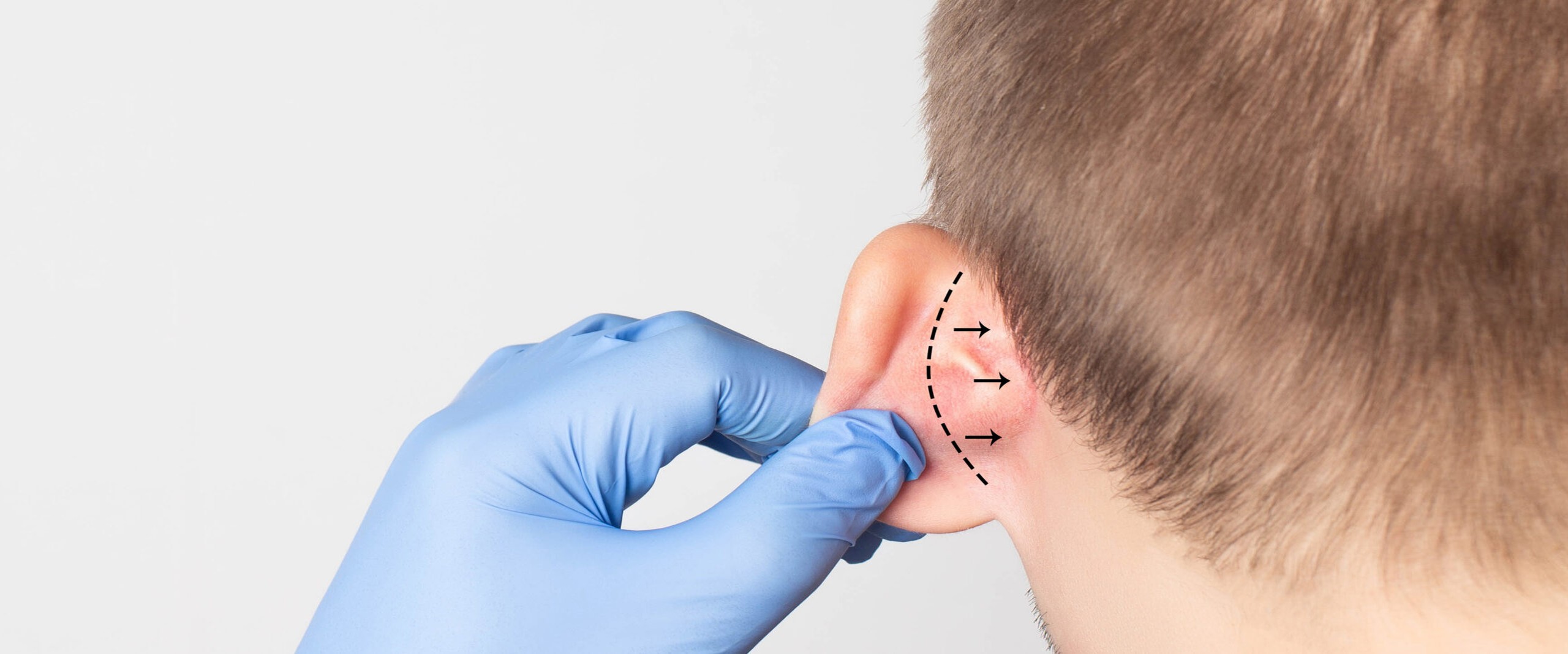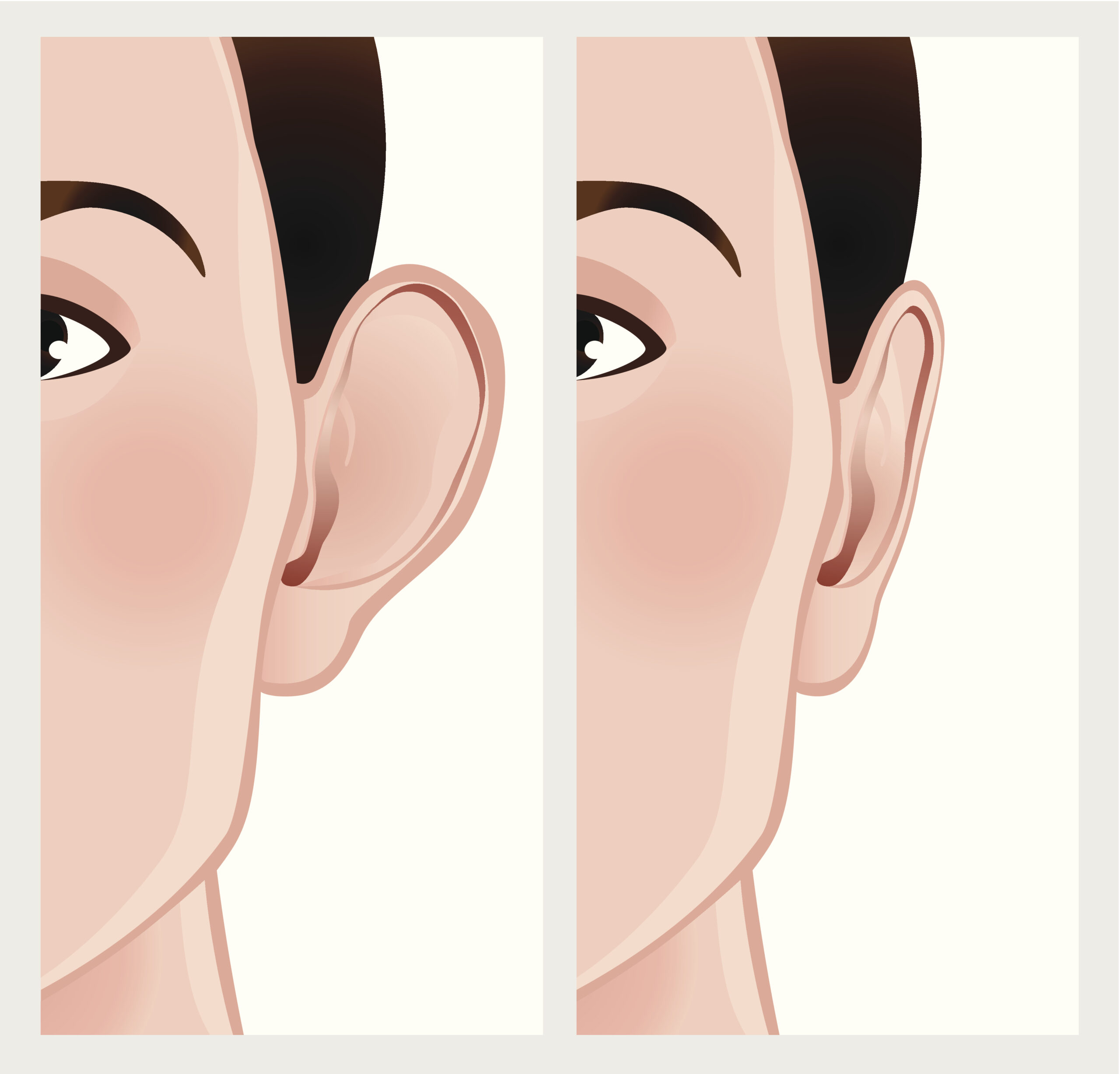
EAR CORRECTION OR OTOPLASTY
CONSULTATION
BEST EAR PLASTIC SURGERY IN BATHINDA
Introduction: Bat ear correction plastic surgery in Bathinda, clinically referred to as otoplasty, is a cosmetic surgical procedure aimed at addressing concerns related to the size, shape, or positioning of the ears. This procedure is often sought after by individuals, including children and adults, who are looking to improve the aesthetics of their ears, correct congenital deformities, or address issues such as protruding or prominent ears.

UNDERSTANDING BAT EAR CORRECTION (OTOPLASTY)
IDEAL CANDIDATES FOR BAT EAR CORRECTION PLASTIC SURGERY IN BATHINDA
THE BAT EAR CORRECTION PROCEDURE
Incision: The surgeon makes discreet incisions behind the ear or within the natural creases of the ear to minimize visible scarring.
Cartilage Reshaping: The ear cartilage is sculpted or repositioned as needed to achieve the desired ear shape and position.
Sutures: Sutures or stitches are used to secure the reshaped cartilage in its new position.
Dressing: The ears are dressed with a protective bandage, which is typically worn for a few days or weeks to support the healing process.
Recovery and Results
Potential Risks and Considerations
Bat Ear Correction for Children
Bat ear correction, or otoplasty plastic surgery in Bathinda, can be performed on children as young as eight or nine years old, especially if they are experiencing teasing or self-esteem issues due to prominent ears. Early intervention can provide psychological and emotional benefits.

